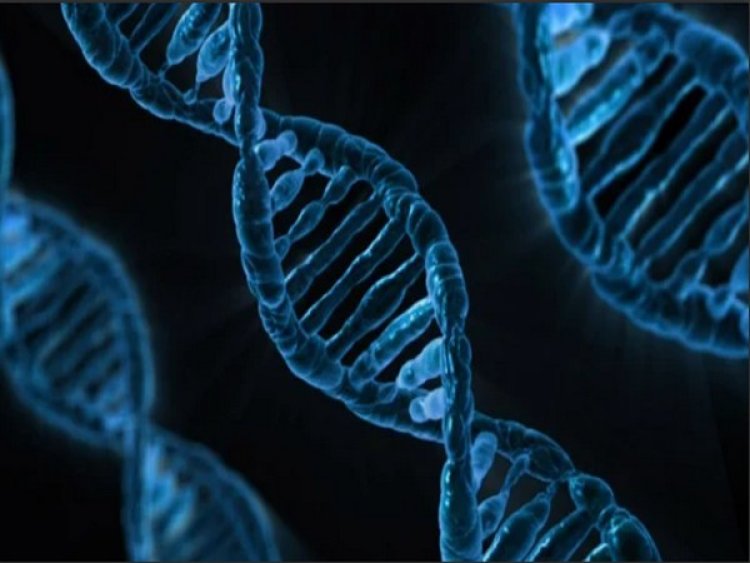Researchers discover possible cause for genetic anomalies

Washington, US: Researchers have discovered a possible cause for the genetic anomalies that cause rare disorders such as Huntington's disease (HD).
The majority of spinocerebellar ataxias (SCAs) and other neurological illnesses are thought to be caused by an increase in CAG (cytosine-adenine-guanine) repeats within a gene, which causes an expansion of the polyglutamine (polyQ) tract in a protein.
Such illnesses are hereditary because the amplification of CAG repeats in a gene can be passed down across generations.
It was previously thought that the harm caused by these inherited diseases was mainly due to an increase in protein aggregation toxicity.
A recent study found a new source, c(RNA), that can produce the toxic amounts required to injure the brain in these disorders.
According to new research published in Nature Chemical Biology, expanded CAG repeat RNA can form RNA aggregates in the cytoplasm via a process known as liquid-liquid phase separation and gelation. This causes neurotoxicity and neurodegeneration, as well as a reduction in overall protein synthesis.
Researchers in the fields of neurology and genetics from Tsinghua University (China), Fudan University, and the University of Plymouth (UK) collaborated on the project.
The majority of spinocerebellar ataxias (SCAs), as well as other neurological disorders, are known to be brought on by an increase of the CAG (cytosine-adenine-guanine) repeats inside a gene, which in turn causes an expansion of the polyglutamine (polyQ) tract in a protein.
Given that the amplification of CAG repeats in a gene can be handed down through the generations, such disorders are hereditary.
It was previously believed that the harm in these hereditary illnesses was solely brought on by an increase in protein aggregation toxicity.
A recent study has discovered an additional source, c(RNA), which can produce the toxic quantities necessary to harm the brain in these illnesses.
Expanded CAG repeat RNA can create RNA aggregates in the cytoplasm through a procedure known as liquid-liquid phase separation and gelation, according to research that was published in Nature Chemical Biology. This results in neurotoxicity and neurodegeneration as well as a decrease in global protein synthesis.
Researchers in the fields of neurology and genetics from Tsinghua University (China), Fudan University, and the University of Plymouth (UK) collaborated on the project.
The study's authors claim that it makes a major improvement in the body of knowledge available to those researching the origins of such inherited illnesses.
In order to completely address the implications of expanded-CAG repeats RNA aggregate toxicity in patients, they are currently preparing to perform additional studies.
Shouqing Luo, a professor of neurobiology at the University of Plymouth and a recognised authority on HD and other neurodegenerative illnesses, served as co-leader of the study.
Professor Luo said, “Conditions such as Huntington’s disease currently have few treatments and no known cure. If we are to make the significant steps needed to directly benefit patients and their families, we need to fully understand the nature of the conditions we are dealing with. This study marks a real step forward in what we know about the causes of Huntington’s disease and other neurodegenerative conditions. It provides us with new mechanistic insights into diseases such as HD and SCAs that we can potentially use in the future to develop more effective ways of treating these conditions.”















































